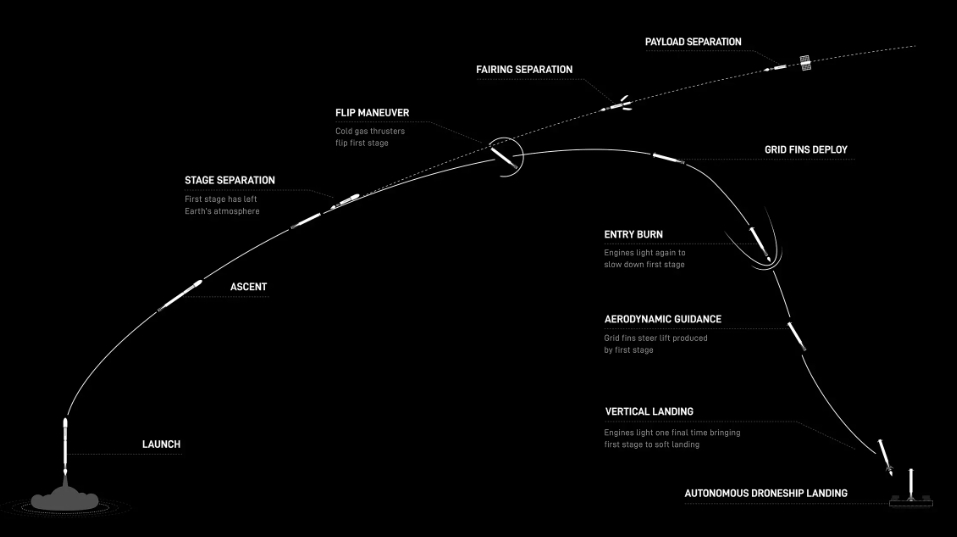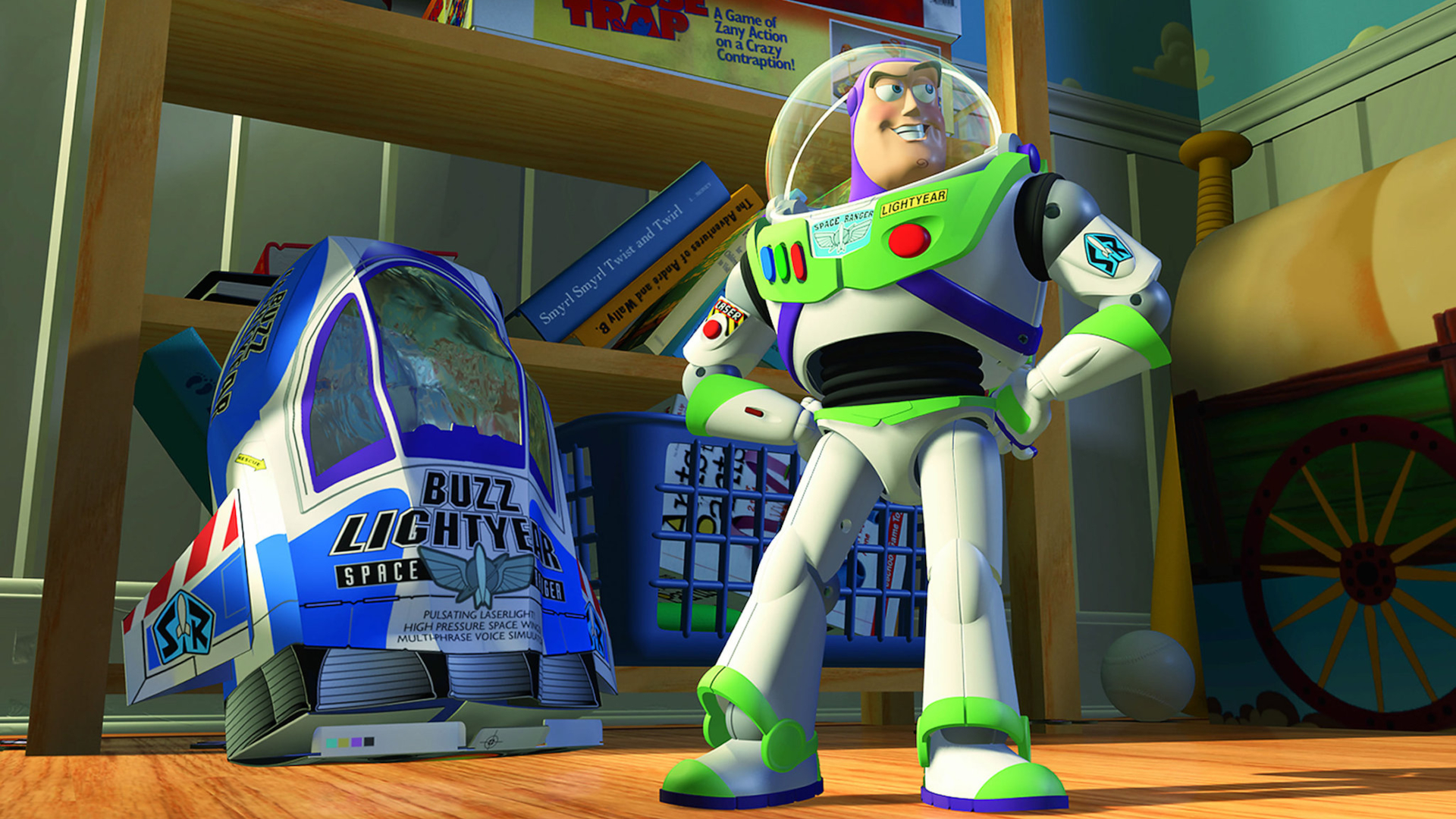SpaceX launches 27 Starlink satellites from Florida, lands rocket on ship at sea
SpaceX just sent another batch of its Starlink internet satellites aloft from Florida's Space Coast.
A Falcon 9 rocket topped with 27 satellites launched the Starlink 10-32 mission from NASA's Kennedy Space Center today (May 28) at 9:30 a.m. EDT (1330 GMT).
The Falcon 9's first stage booster, designated B1080, came back to Earth about eight minutes later as planned, touching down in the Atlantic Ocean on the SpaceX drone ship "Just Read the Instructions."
It was the 19th launch and landing for B1080, according to a SpaceX mission description. Thirteen of those 19 flights have been Starlink missions.
The Falcon 9's upper stage, meanwhile, continued carrying the 27 Starlink satellites toward low Earth orbit. They'll be deployed there about 64 minutes after liftoff, if all goes according to plan.

Today's launch was the 64th Falcon 9 mission of 2025 already. Forty-eight of those flights have been devoted to building out the Starlink megaconstellation, which consists of more than 7,500 operational satellites and is growing all the time.
SpaceX has also launched its Starship megarocket, which is still in development, three times this year. The most recent Starship test flight — the ninth to date overall — occurred just yesterday (May 27).
Breaking space news, the latest updates on rocket launches, skywatching events and more!

Michael Wall is a Senior Space Writer with Space.com and joined the team in 2010. He primarily covers exoplanets, spaceflight and military space, but has been known to dabble in the space art beat. His book about the search for alien life, "Out There," was published on Nov. 13, 2018. Before becoming a science writer, Michael worked as a herpetologist and wildlife biologist. He has a Ph.D. in evolutionary biology from the University of Sydney, Australia, a bachelor's degree from the University of Arizona, and a graduate certificate in science writing from the University of California, Santa Cruz. To find out what his latest project is, you can follow Michael on Twitter.
You must confirm your public display name before commenting
Please logout and then login again, you will then be prompted to enter your display name.
